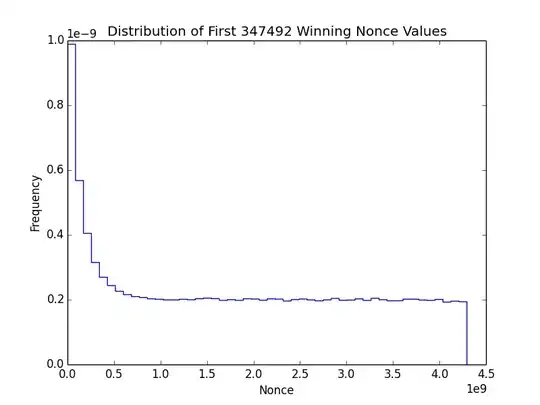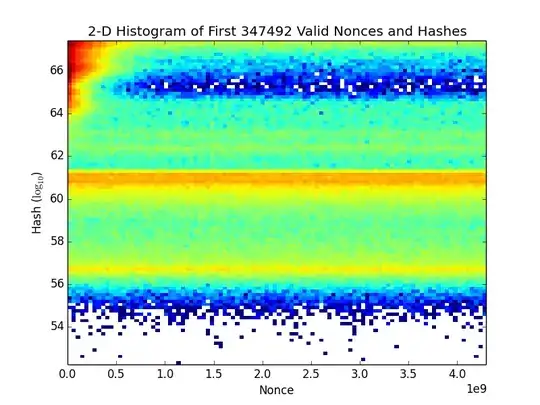I recently started to pay attention to what's going on at crypto-markets and, being developer for a long time, decided to take a look at the software we have out there in public access.
So I have a question to all crypto-guru here: As it seems from Bitcoin protocol specification, bitcoin will accept ANY nonce that satisfies target (block) bits condition. Every single miner I've seen made public is using sequential loop over nonce1 and nonce2. actual question: why do people implement +1 for the nonce in every thread, instead, let's say, having 2 thread one is going +1 from the beginning; second one is counting -1 from the end of nonces interval?
In my humble opinion, it would be faster if you're running several threads on the same interval...or, in the perfect world, split the entire interval in N subintervals leaving every thread do its own piece. From the mathematical point of view it seems like we gonna get higher probability of hitting 'golden nonce' using this approach, as opposed to +1 over the entire interval. Am I wrong here?
having all that said, I've downloaded the blockchain and ran couple of tests to see nonce distribution in uint32_t interval. results didn't surprise me...I've got pretty much uniform nonce distribution like: odd nonce: 49.997 even nonce: 50.003
split uint32_t into 1024 identical intervals and see how many nonces from existing blockchain are sitting in every interval. results are the same: uniform distribution.
again, why is it +1 in the miner loop? even though, (+3), (-2) would have yielded (in theory) better chances (faster) finding golden nonce vs others doing (+1).

